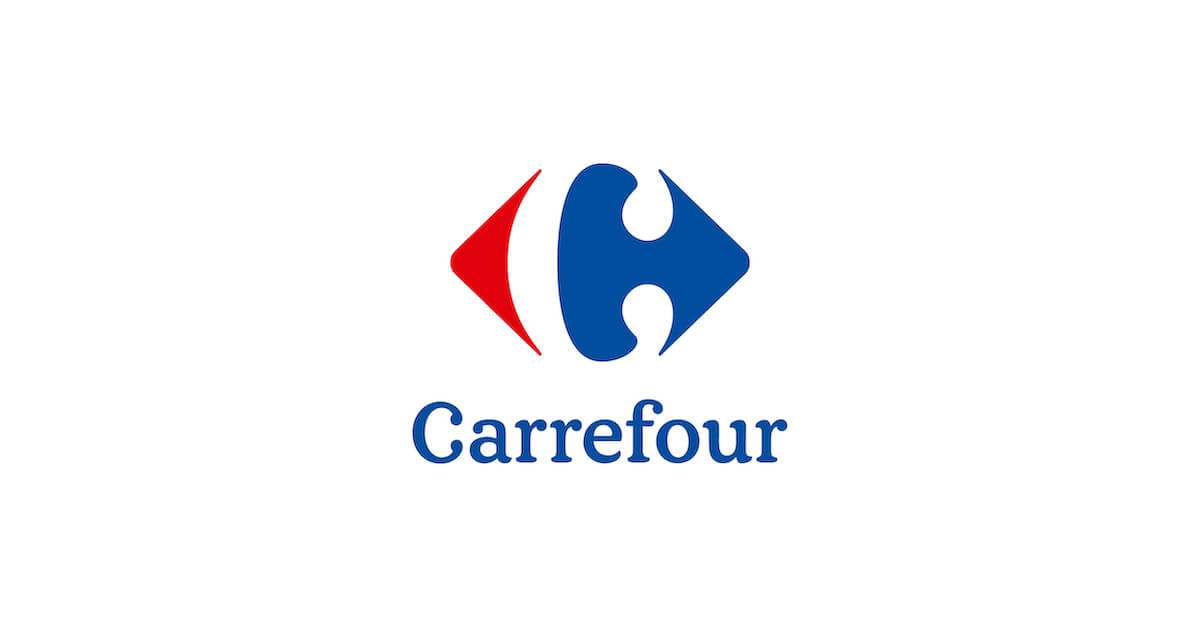April 17, 2020
The Changing Shape of the Telco Customer Journey During and After COVID-19

The telco customer journey is being radically impacted as a result of COVID-19. Telco executives are facing a historically unique opportunity to deliver on their brands’ promises and show beyond a doubt just how essential their businesses are to customers’ changed lives.
The leadership opportunity for telecommunications
Telecommunication providers enable people to live socially-distant, yet connected lives, ensure kids get an education, and guarantee remote medical assistance to people living in hard-to-reach areas. According to research by Bain & Co., network traffic has surged worldwide during the COVID-19 outbreak. Seemingly overnight, hundreds of millions of consumers worldwide now engage with their providers digitally, not necessarily because the experience is frictionless but because they must adapt to life during and beyond the COVID-19 crisis. This crisis is a leadership opportunity for executives to reshape their businesses by effectively communicating and delivering critical services that solve critical problems across the evolving customer journey.
It’s time to rapidly sharpen digital customer self-service experiences and ensure the positive habits, behaviors, and structural shifts stick for good. It’s time to shuffle and reprioritize projects, test and learn quickly, and double-down on agile working models. This crisis – and the inevitable journey to a new normal – requires a new approach. The framework below provides a structured way to develop a multi-phase plan that addresses your customers’ evolving needs. While the exact approach will differ by company, geography and stage of the situation, we hope the framework can guide your planning efforts.
Identify how the changing climate impacts the telco customer journey
Building on the four phases of the journey to a new normal, telco leaders should outline the specific challenges, desired outcomes, and key use cases that need to be addressed at each stage of the customer journey. Each business is unique. Carefully consider the dimensions of each phase of this journey for your customers.
Acquisition
- Challenge: Difficult to conquest new customers due to uncertainty in current climate
- Desired outcomes: Convert lowest funnel customers and recent movers and boost up-sells/cross-sells for entertainment bundles
- Key use cases: Targeting key segments and drive up-sell/cross-sell through email and web channels
Onboarding
- Challenge: Customers will require reassurance for new contactless/guided install options as in-person and in-store services decrease
- Desired outcome: Customer satisfaction and engagement at key moments in the customer journey that are predictive of longer-term retention
- Key use cases: Onboarding series, self-install kits, and easy add-on services
Servicing
- Challenges: Significant adoption needed for digital servicing, awareness of branch closures, and other services interruptions. Call centers may get overloaded.
- Desired outcomes: Effective education of digital servicing options and drive to best IVR path
- Key use cases: Proactive education emails, enhanced self-service enablement, and 24/7 live chat
Retention
- Challenge: Limited ability to market retention promotions due to consumer sensitivities
- Desired outcomes: Maximize retention, upgrades, and behavior that is predictive of retention
- Key use cases: Pre-emptive retention campaigns, service bundling, partial payment plans, and network reliability reminders
Guide your organization through this journey by addressing customers’ changing sensitivities. Now is the time to focus on your current customer base, and the future phases will offer expanded opportunities for growth. Use this framework to identify key moments in the customer journey as time goes on to ensure you’ll be ready for the new normal.


